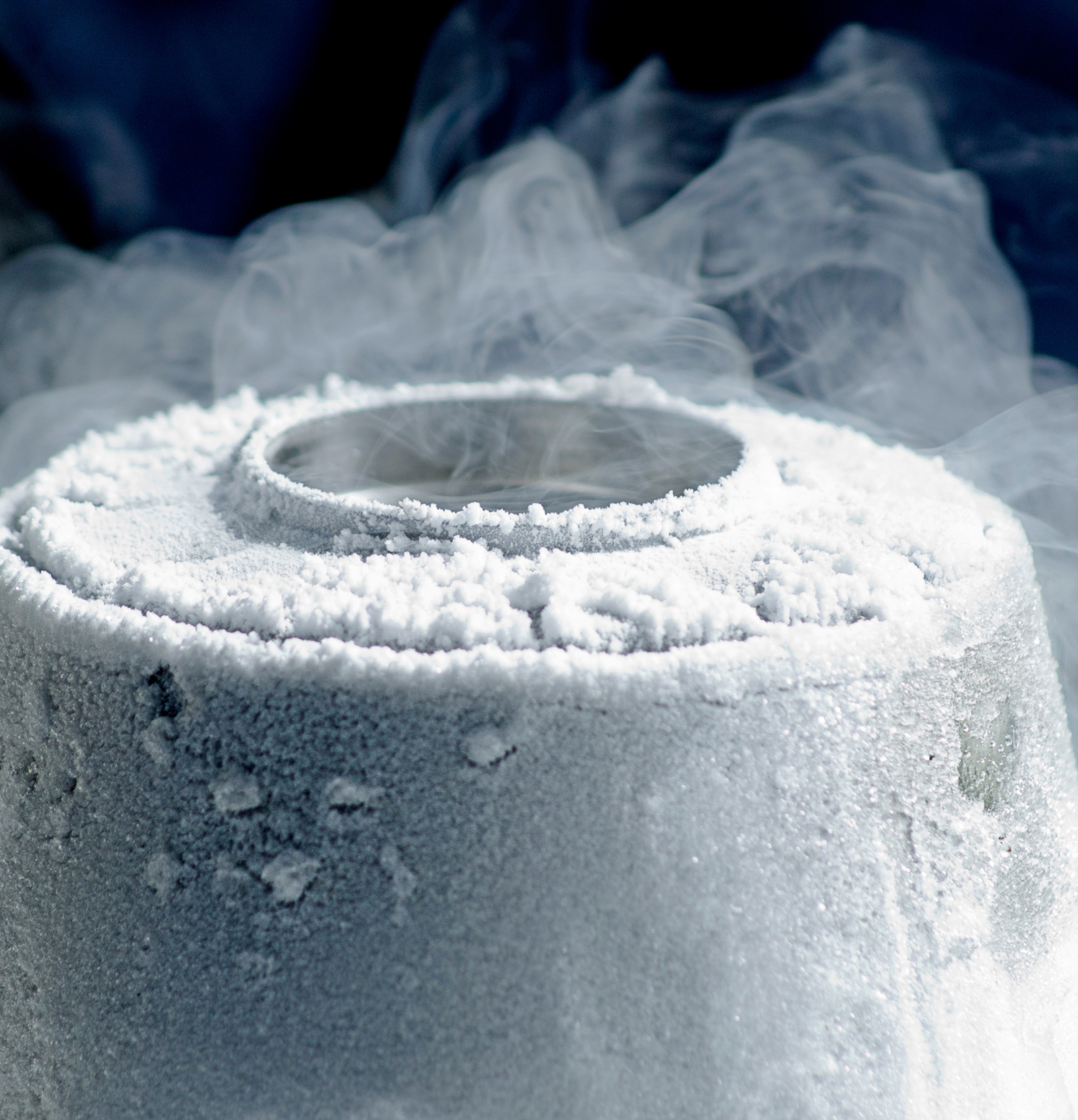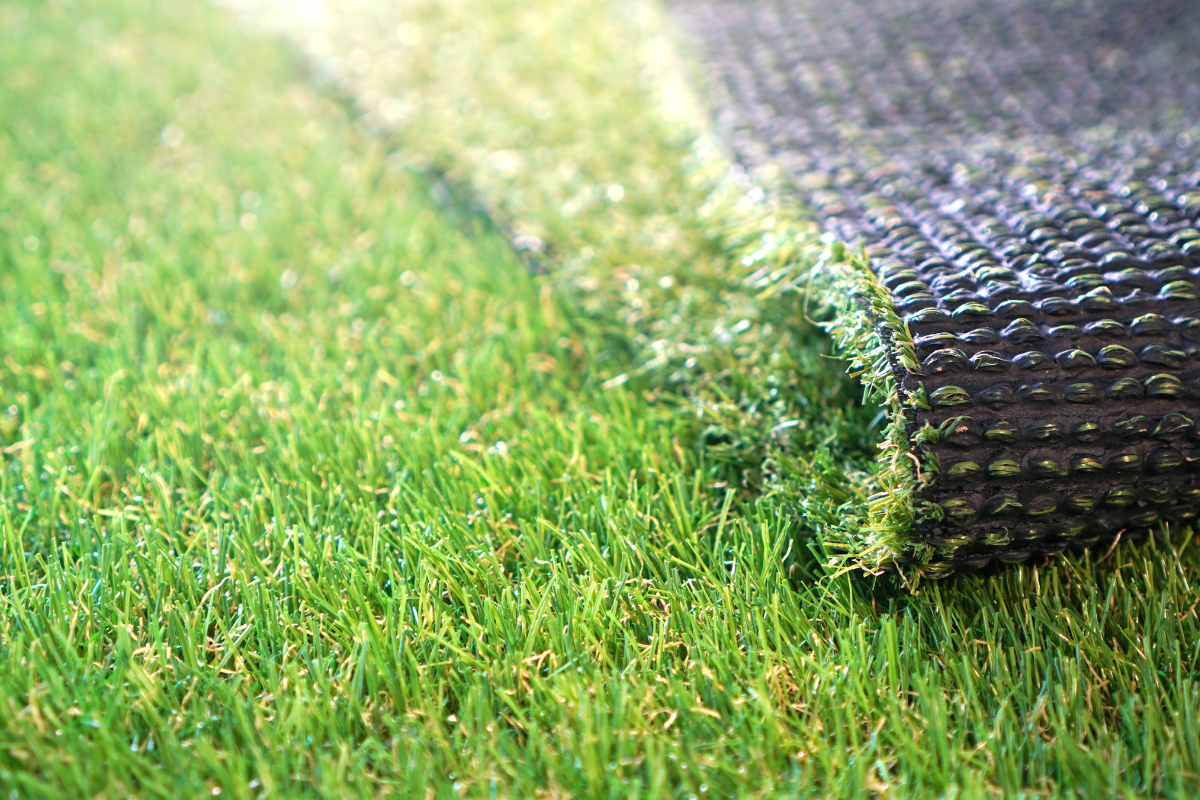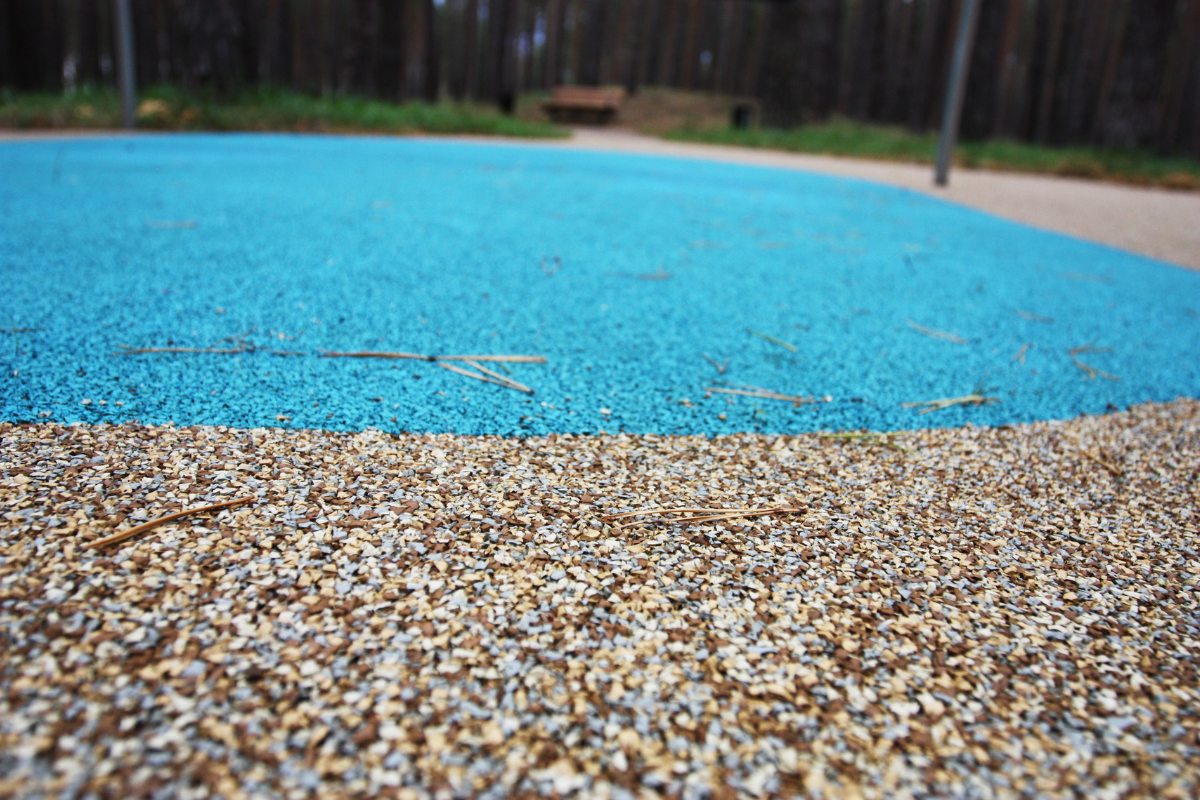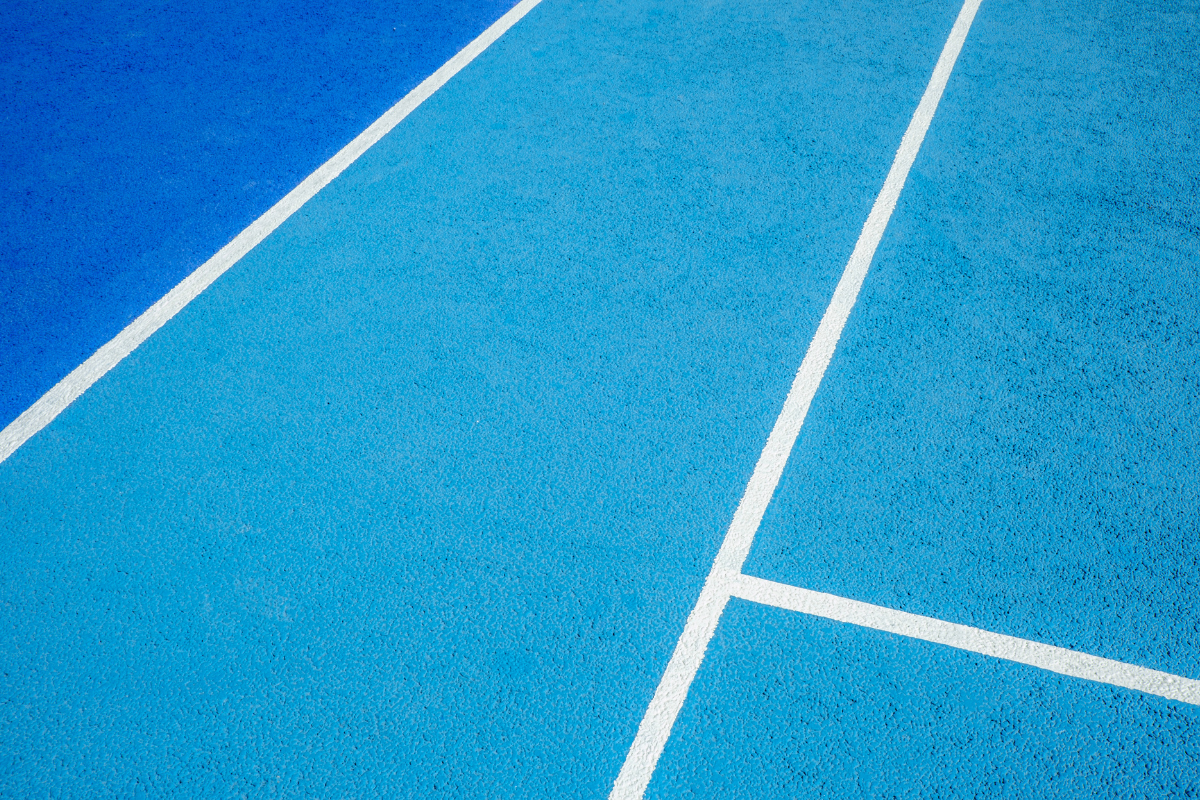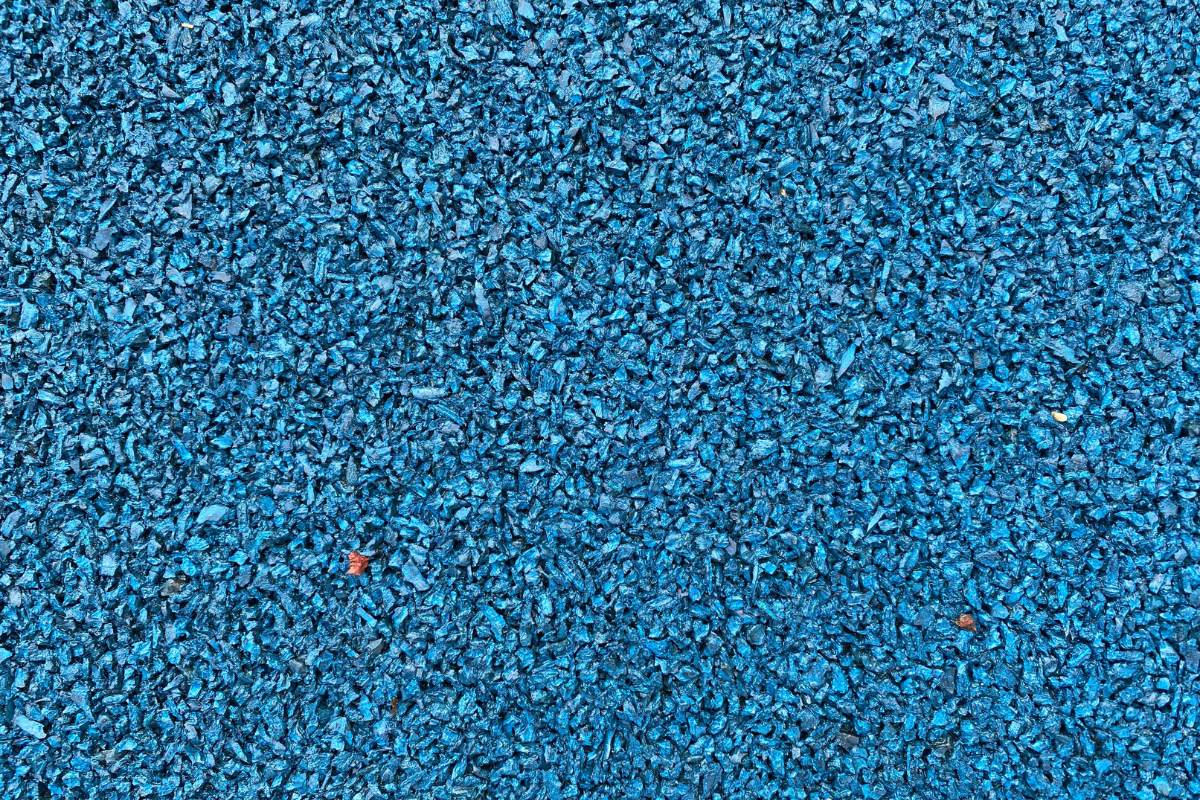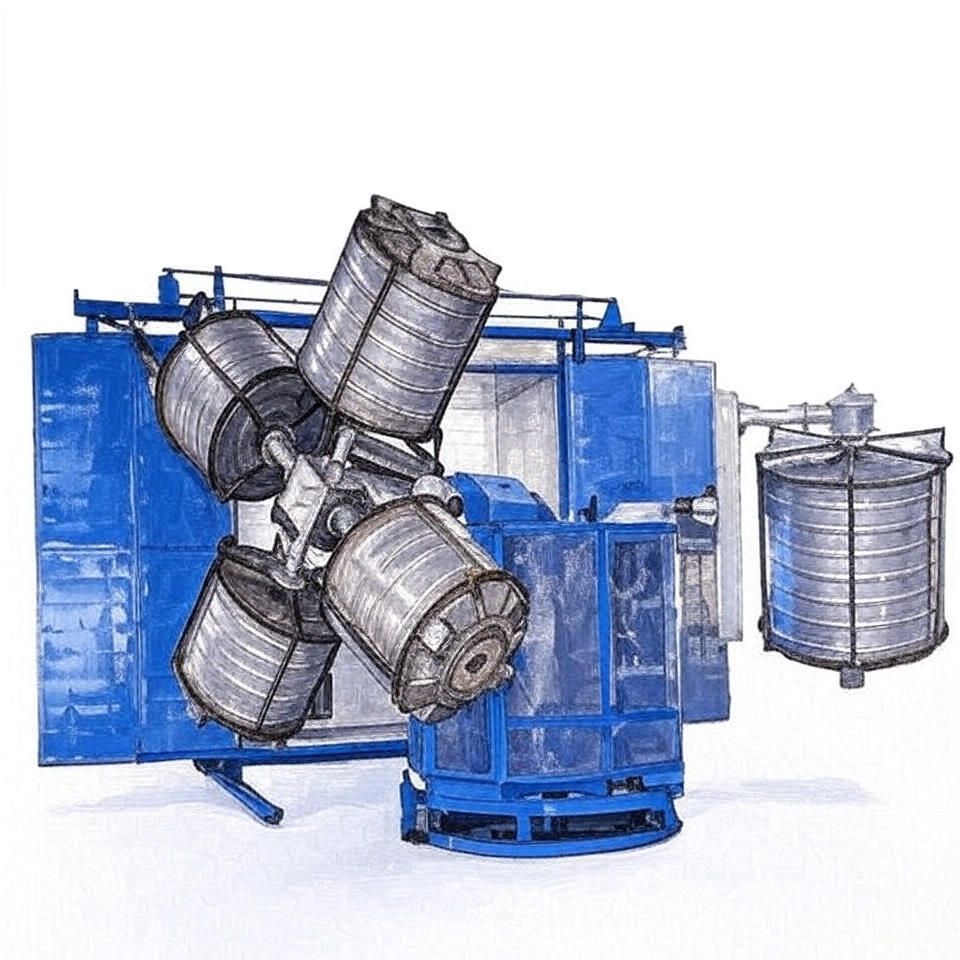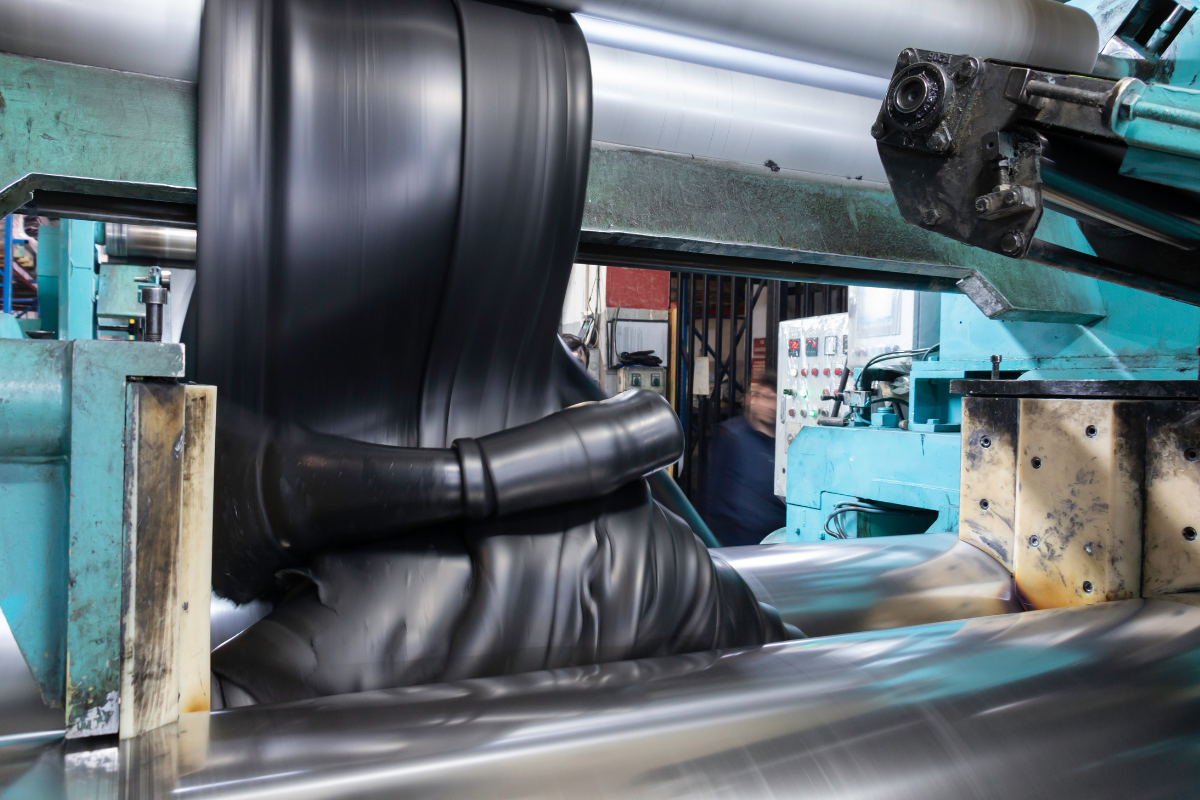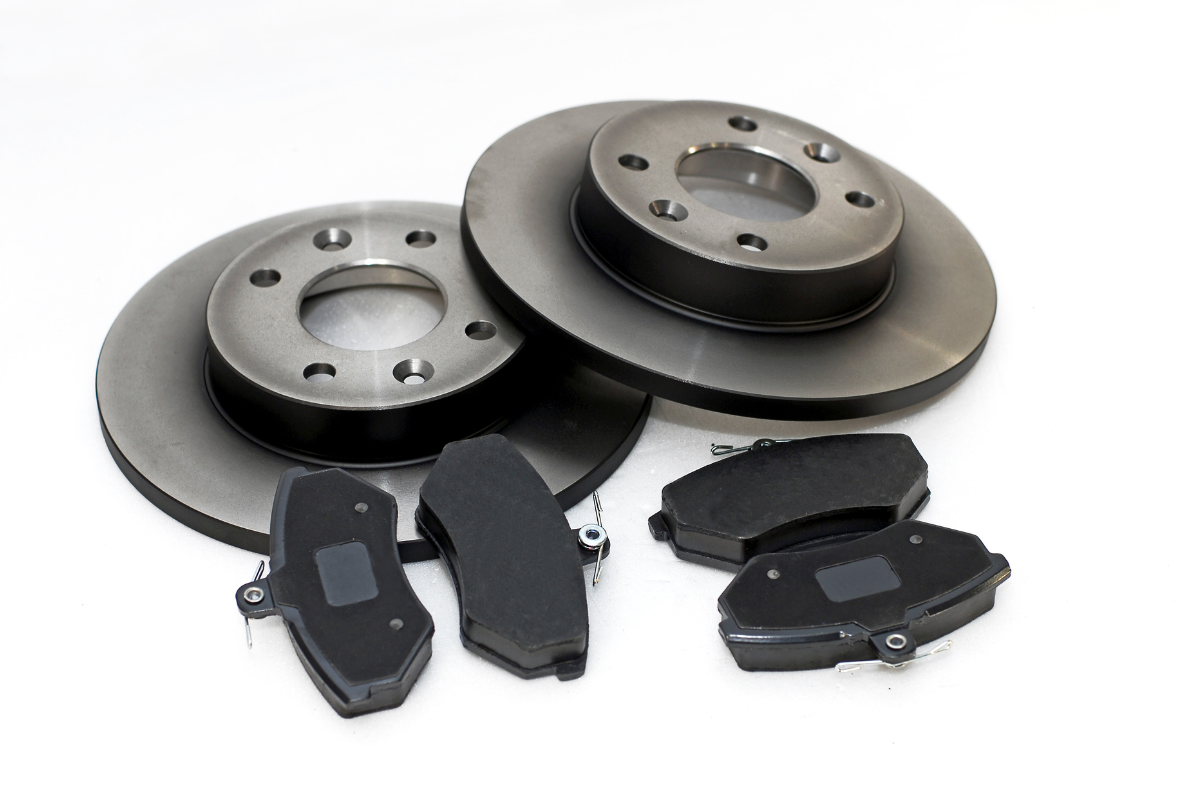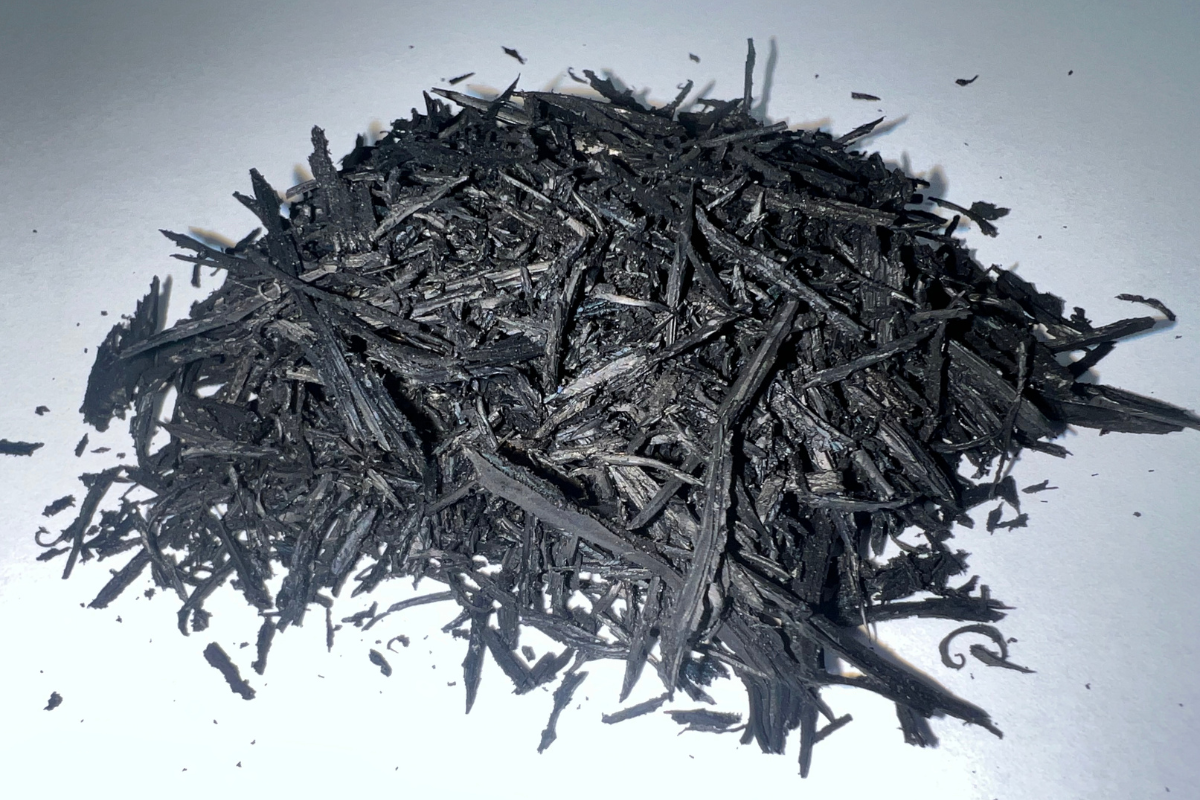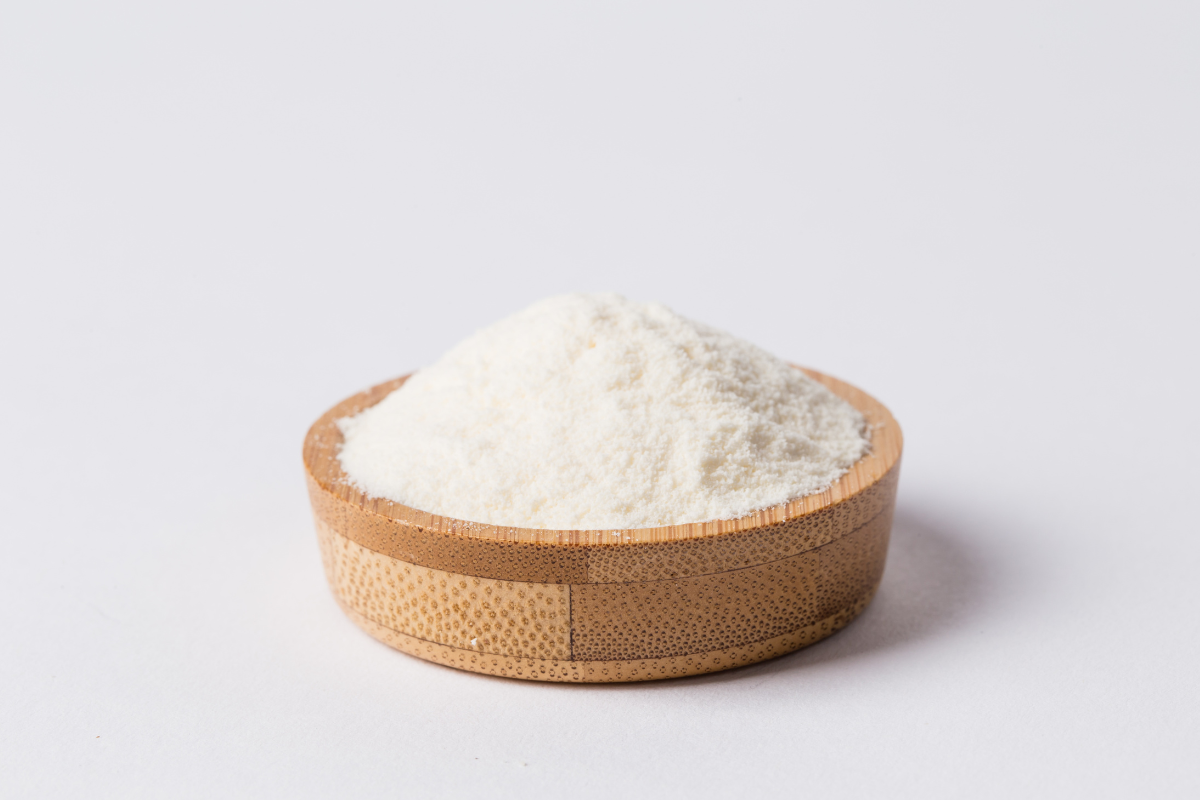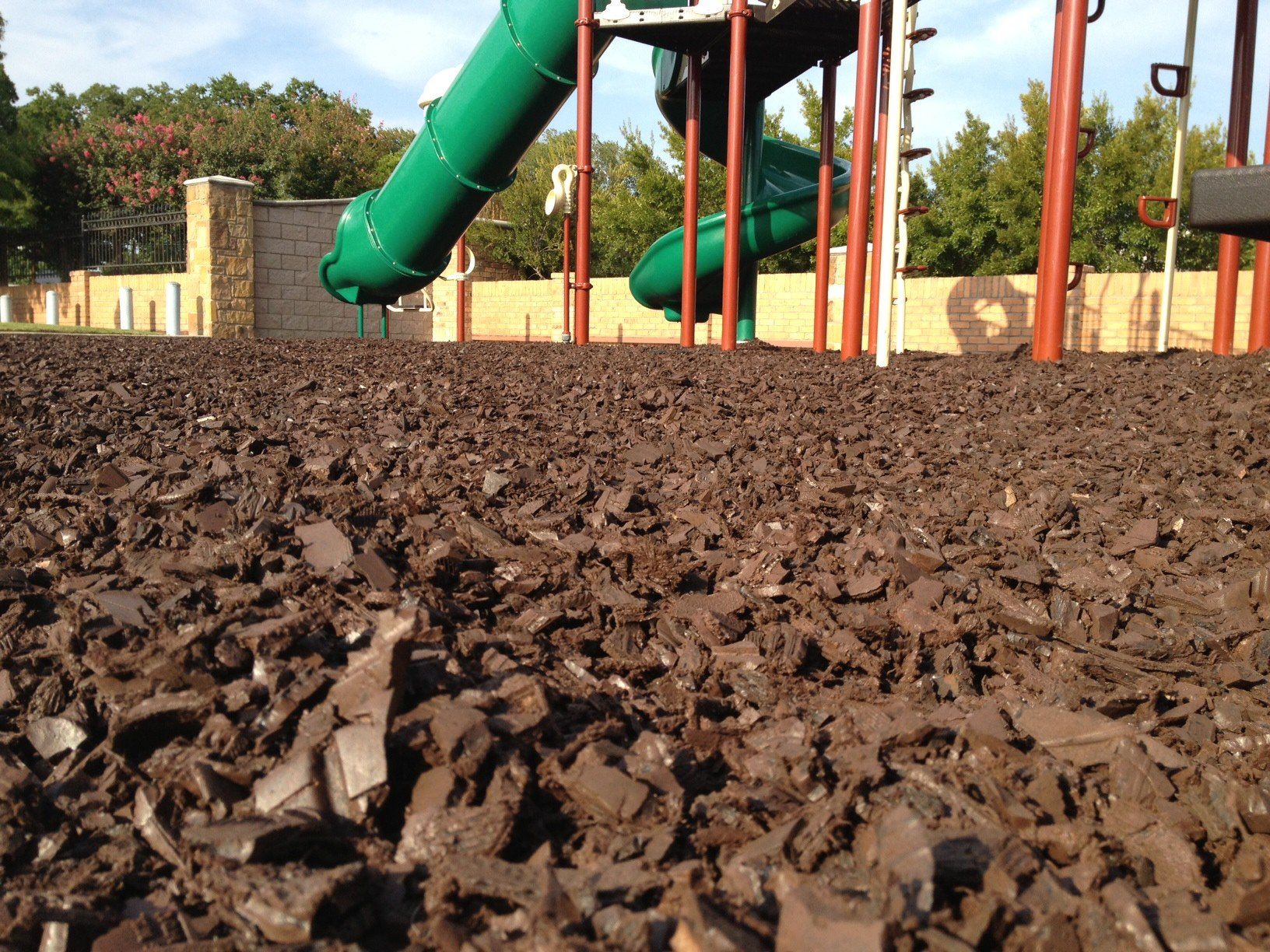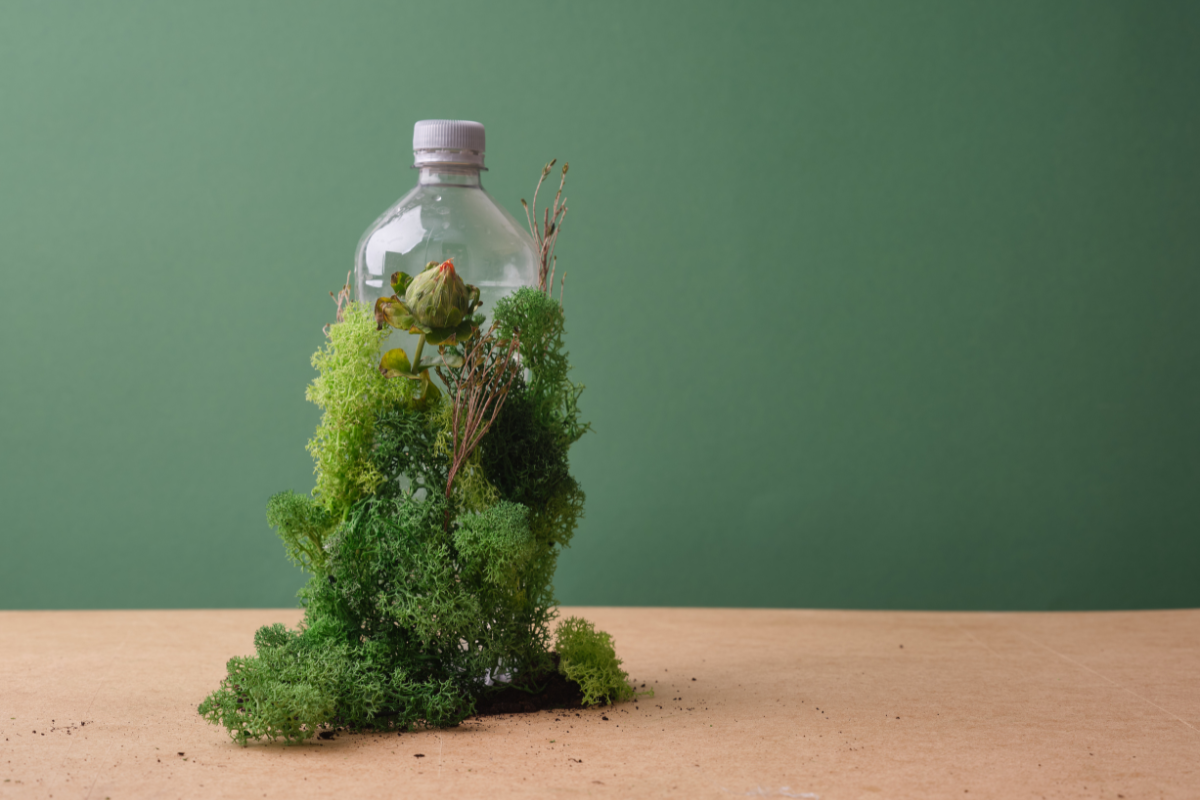When it comes to playgrounds, athletic facilities, landscaping, or public spaces, choosing the right surface material can make all the difference in safety, performance, and durability. While stone and wood mulch have been longstanding choices, advancements in rubber safety surfacing—especially those made with high-quality ground rubber from Midwest Elastomers—offer a smarter, safer, and more sustainable solution.
As expectations grow for safer and more inclusive environments, many municipalities, schools, and contractors are making the switch to rubber-based safety surfacing. But what exactly makes it the superior option?
Let’s take a closer look at how rubber safety surfacing compares to traditional materials like stone and mulch, and why it’s quickly becoming the preferred choice across industries.
1. Superior Impact Absorption
Rubber safety surfacing is specifically engineered to cushion falls, minimizing the risk of serious injuries. In playgrounds, athletic areas, and recreational spaces, this is a top priority. Traditional materials like stone or wood mulch don’t provide consistent shock absorption—especially after settling or displacement.
- Rubber surfacing meets or exceeds ASTM F1292 standards for impact attenuation.
- Mulch and gravel may meet initial safety standards but quickly degrade and shift, requiring frequent attention to maintain safety.
2. Consistent and Low-Maintenance Coverage
Loose-fill materials like mulch and gravel shift with use, weather, and time. This leads to uneven coverage, tripping hazards, and frequent maintenance. Rubber safety surfacing, on the other hand, remains stable and intact with minimal upkeep.
- Rubber surfacing retains even coverage year-round.
- Mulch and stone require regular raking, leveling, and replenishing.
3. Durability and Longevity
Rubber surfacing holds up under heavy use and all weather conditions. It resists cracking, compacting, erosion, and pest damage. By contrast, wood mulch breaks down and rots, and gravel often washes away or embeds into surrounding soil.
- Midwest Elastomers' ground rubber products are engineered for durability and long-term performance.
- Traditional materials have shorter lifespans and higher maintenance costs over time.
4. ADA Accessibility
Inclusive design starts at the ground level. Rubber safety surfacing provides smooth, even surfaces that are easy for individuals using wheelchairs, walkers, or strollers to navigate. Loose-fill alternatives often make accessibility difficult or impossible.
- Rubber surfacing supports ADA compliance and universal access.
- Mulch and gravel create unstable surfaces that hinder mobility.
5. Environmental Responsibility
Using recycled rubber in surfacing applications not only keeps waste out of landfills, but also reduces the need for virgin materials. Midwest Elastomers specializes in converting post-consumer and post-industrial rubber into high-quality products that contribute to a circular economy.
- Rubber surfacing repurposes waste into a valuable, sustainable product.
- Wood mulch contributes to deforestation and typically has a much shorter lifespan.
6. Cost-Effective Over Time
While rubber surfacing may involve a higher initial investment, it offers substantial savings in the long run due to lower maintenance, longer life, and reduced liability. The total cost of ownership is often lower compared to constantly replenishing and maintaining stone or mulch.
- Lower lifecycle costs make rubber surfacing a smart long-term investment.
- Traditional materials come with recurring expenses for upkeep, labor, and replacement.
At Midwest Elastomers, we’re proud to supply premium ground rubber that enhances safety, performance, and sustainability in surfacing applications across the country. Our materials are manufactured to the highest standards and are trusted by surfacing companies, installers, and contractors nationwide.
Whether you're designing a new recreational space or upgrading an outdated surface, our team is here to help you choose a solution that delivers both safety and value.
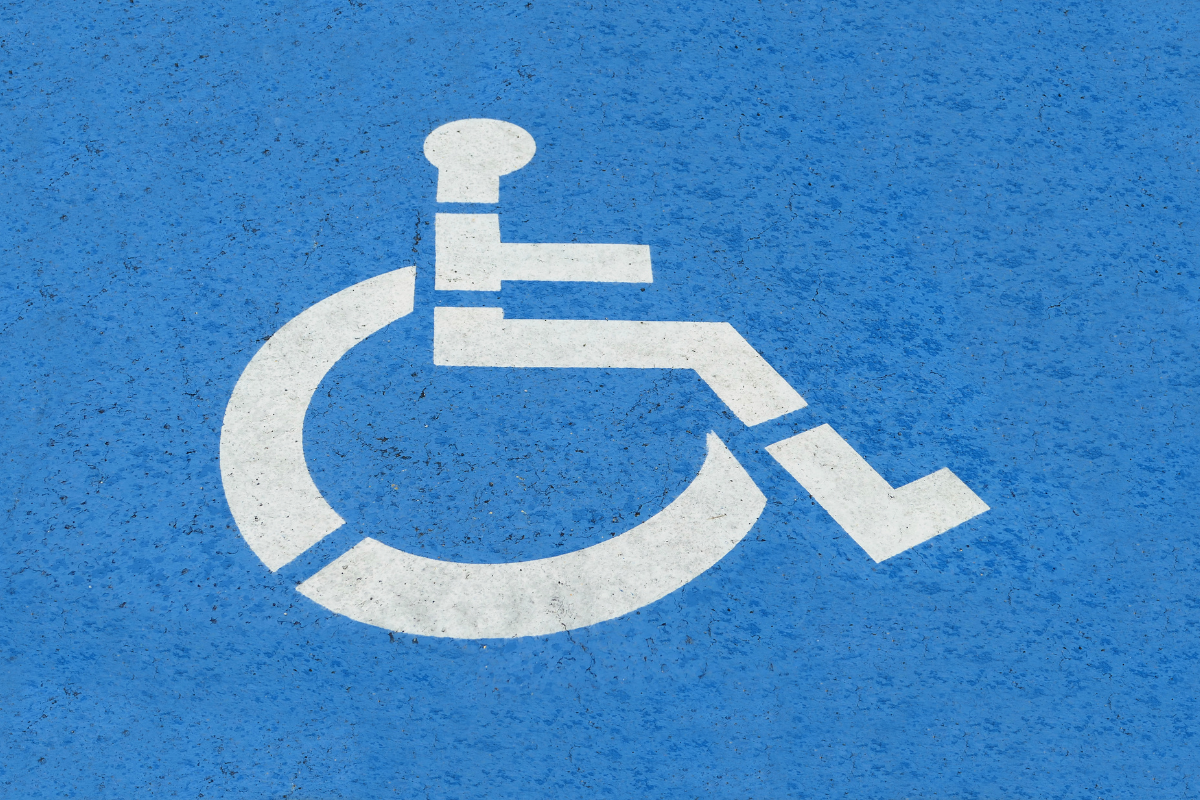
Ready to make the switch to rubber surfacing?
Contact Midwest Elastomers today to speak with our team or request a product sample.
Contact Us
MEI Blog
